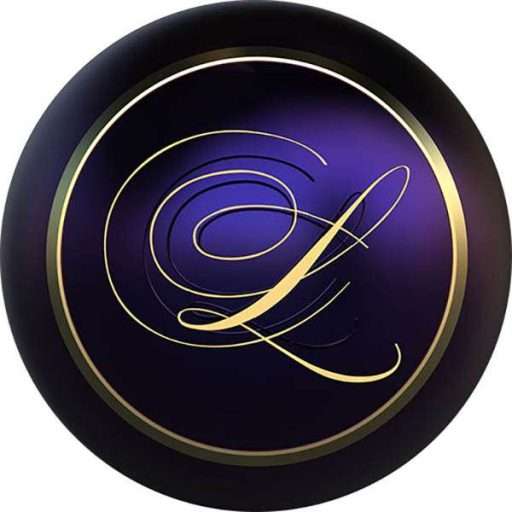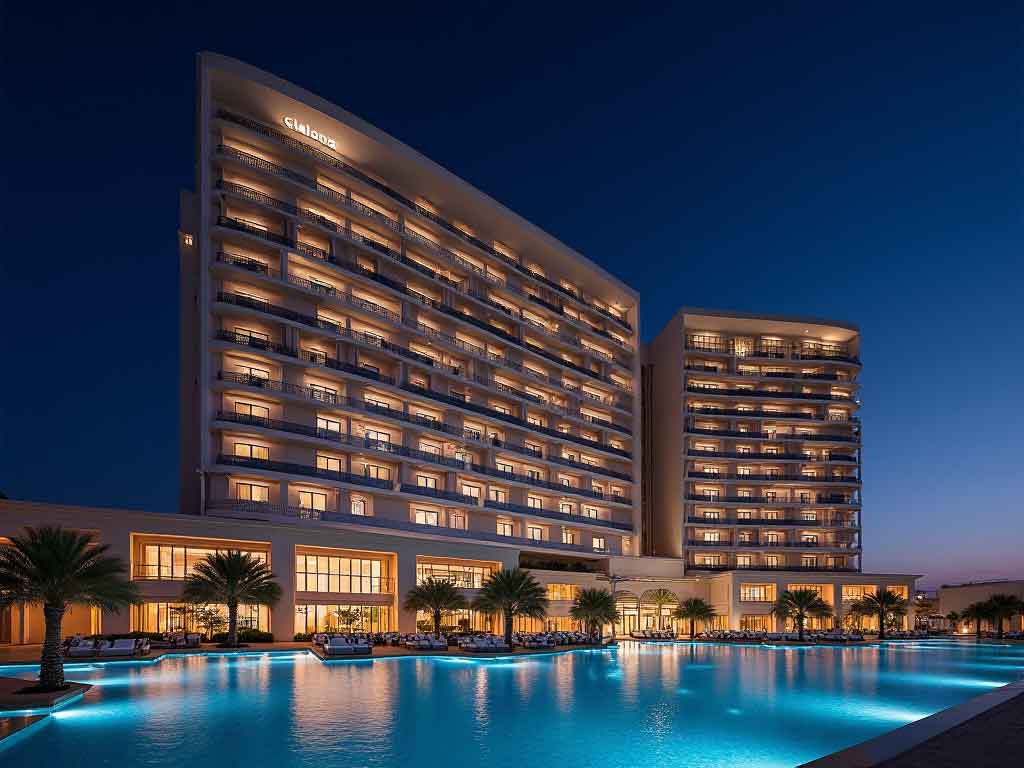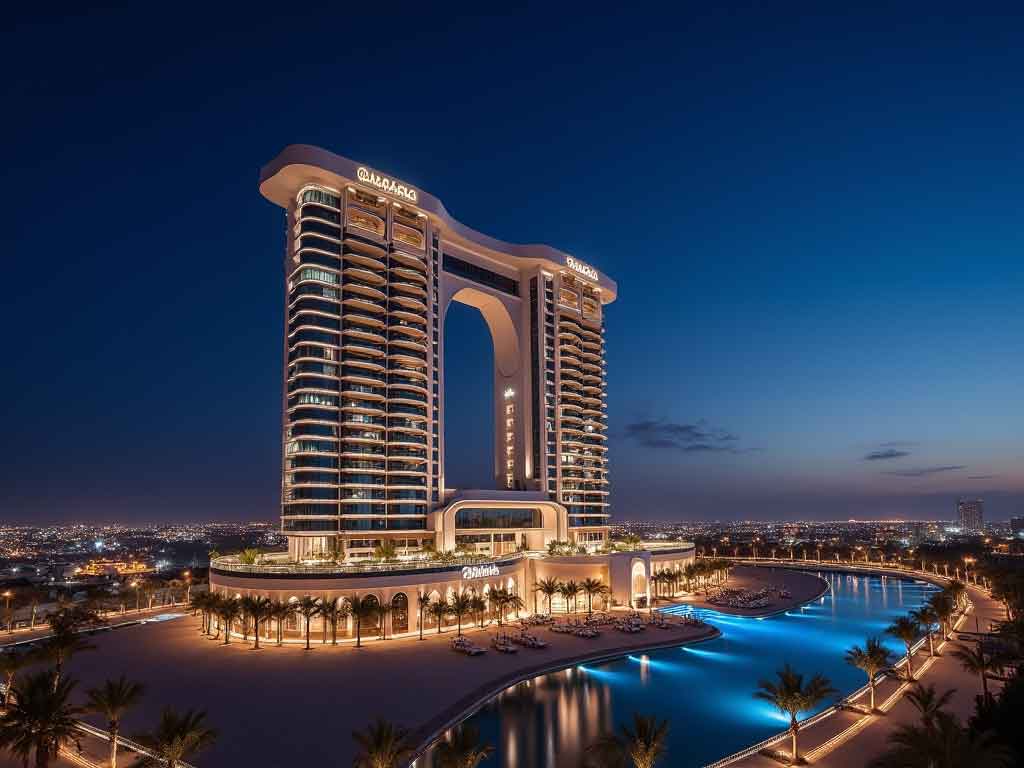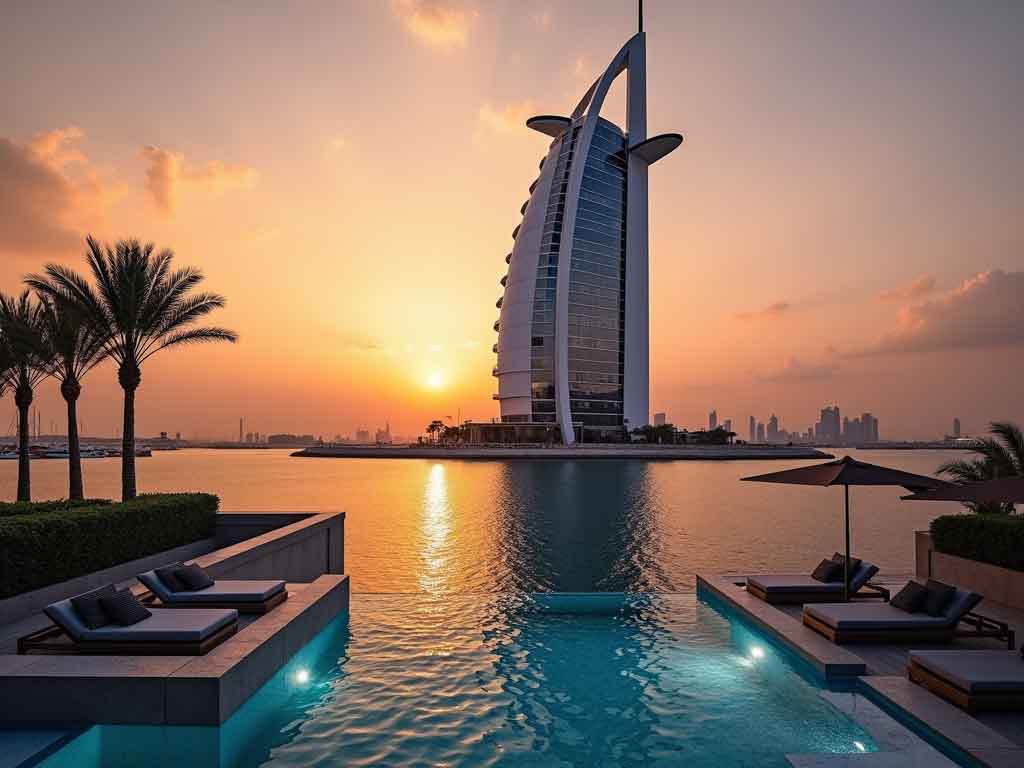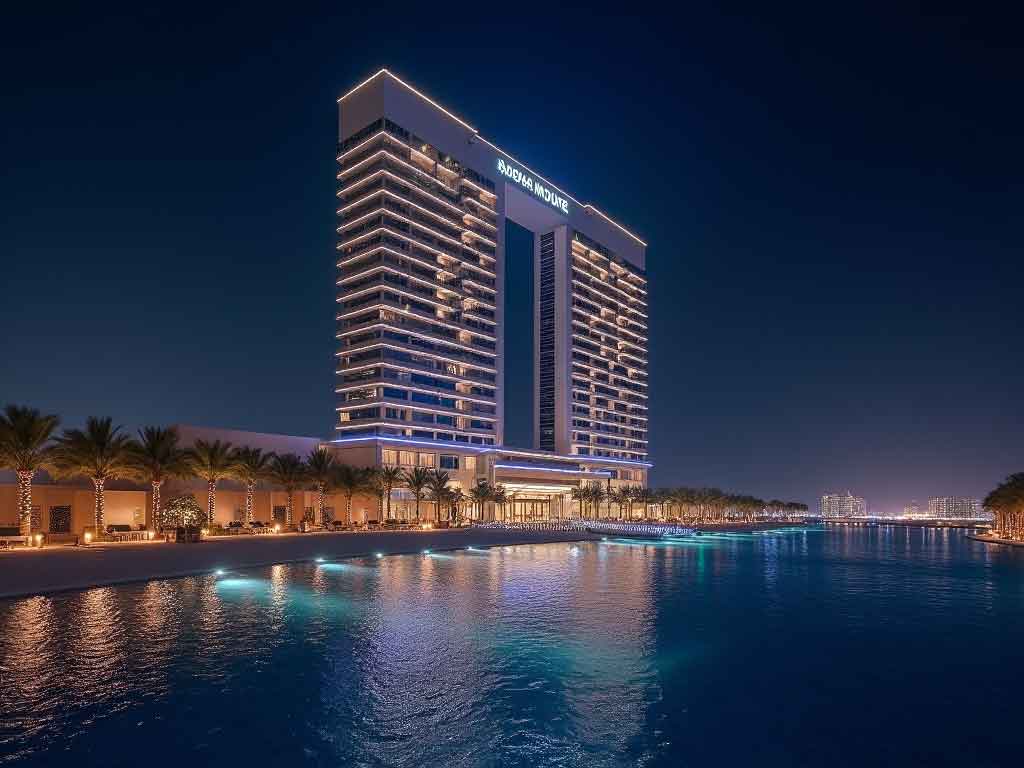What Happens If I’m Not Satisfied with the Final Design?
What Happens If I’m Not Satisfied with the Final Design?
At Luxe3D, we understand that the design process can be a significant investment of time, effort, and resources. Your satisfaction is our top priority, and we are dedicated to delivering results that not only meet but exceed your expectations. Here’s how we ensure a smooth design journey and what we do if you’re not completely satisfied with the final outcome.
Commitment to Client Satisfaction
From the moment you reach out to us, we aim to establish a collaborative partnership. We believe that clear communication and mutual understanding are essential to achieving outstanding results. Here’s how we work to guarantee your satisfaction:
- Portfolio Review: Before commencing any project, we encourage you to explore our diverse portfolio at luxe3d.co.uk/portfolio. This collection showcases our past work and demonstrates our expertise in various styles and techniques. By reviewing our portfolio, you’ll have a clearer vision of what to expect, ensuring that we are aligned with your design preferences.
- In-Depth Project Discussions: We believe that a successful project starts with a comprehensive discussion about your vision, goals, and expectations. Our team will sit down with you to go through every detail of your project. This dialogue ensures that there are no misunderstandings or missed elements, creating a solid foundation for our work. Our objective is to capture your vision accurately and make it a reality.
- Iterative Design Process: Throughout the design process, we employ an iterative approach. This means you will receive multiple updates on various stages, allowing for your input and feedback. We value your insights and aim to incorporate your suggestions to create a design that truly reflects your needs. By actively involving you in the process, we minimize the risk of dissatisfaction at the final stage.
Open Communication
We encourage open communication at all times. If you have concerns or suggestions, don’t hesitate to reach out. Our team is here to listen and respond promptly, ensuring that your voice is heard throughout the project. We view feedback as a vital part of the design process and are committed to making any necessary adjustments to meet your standards.
Conclusion
At Luxe3D, we take pride in our client-centric approach, focusing on understanding and delivering your unique vision. By thoroughly discussing your project, reviewing our portfolio, and maintaining open lines of communication, we work diligently to ensure that you are fully satisfied with the final design. Our dedication to your satisfaction is unwavering, and we are here to make your 3D design experience as enjoyable and successful as possible.
Reach out to Luxe3D today to discuss your project and experience a design process tailored to your needs!

